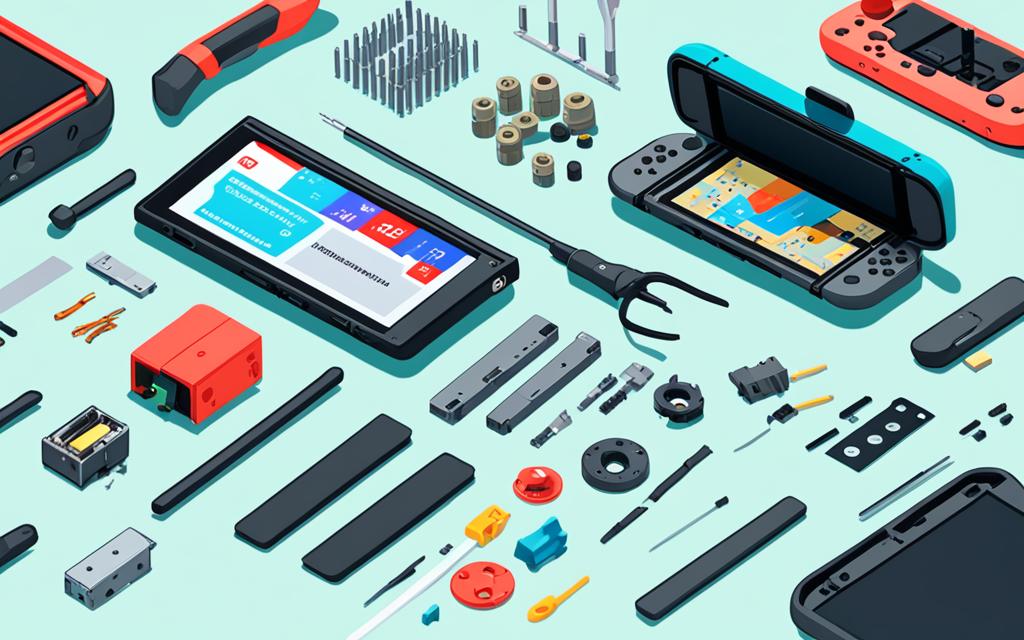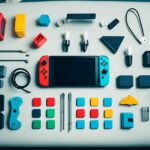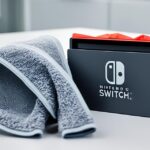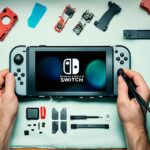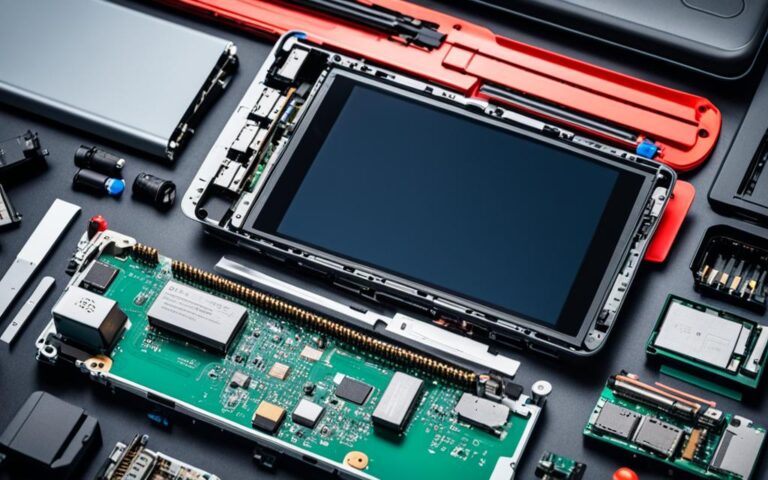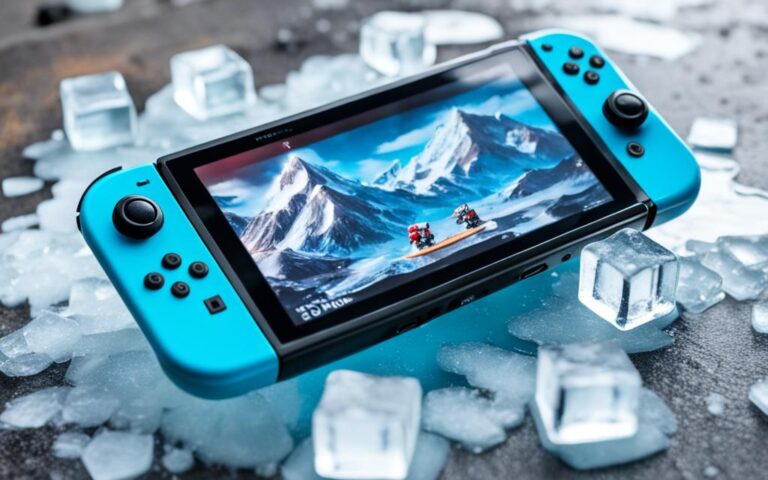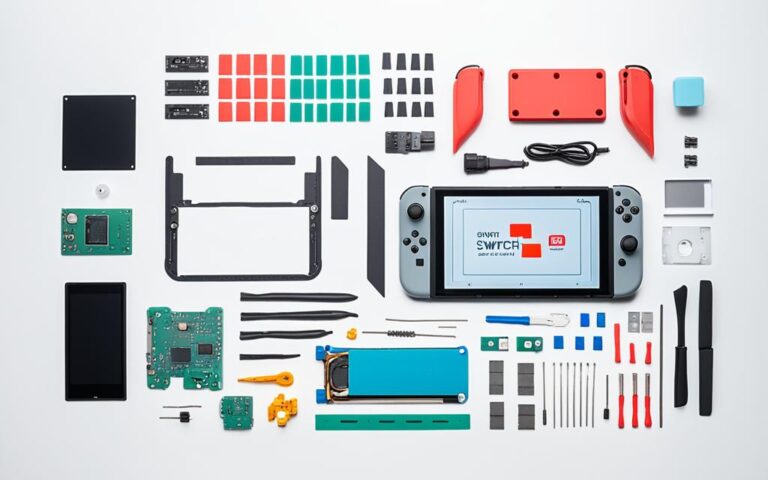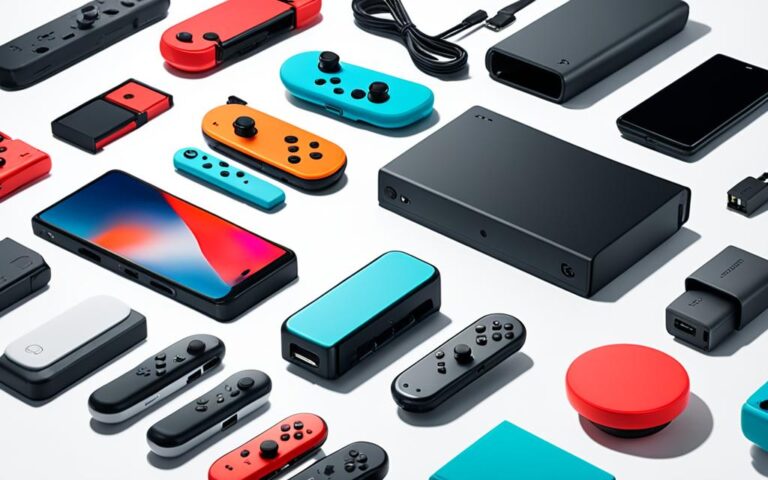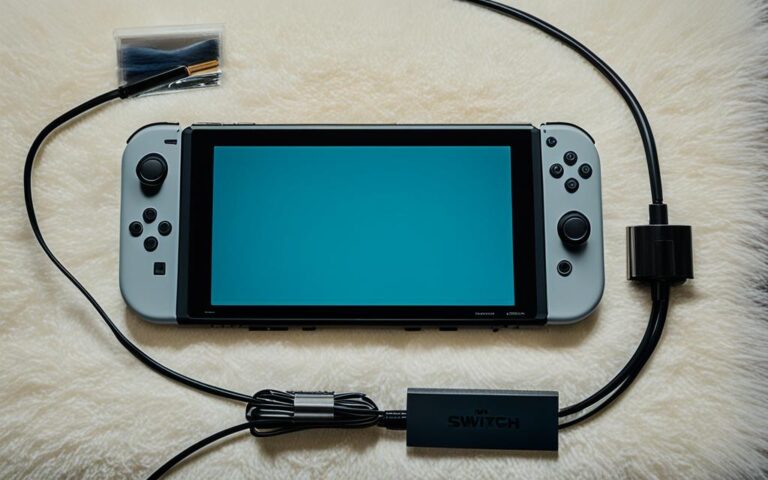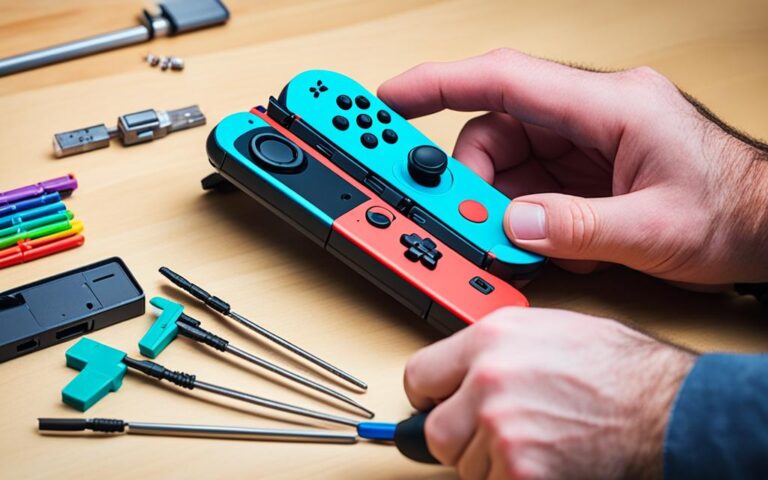The Economics of Repairing vs. Buying New: A Nintendo Switch Analysis
When it comes to the economics of Nintendo Switch repair, it is crucial to consider the cost-effectiveness of repairing versus buying a new console. Nintendo Switch owners often face the dilemma of whether to invest in repairing their devices or opt for a brand new purchase. This analysis takes into account various factors, including the pricing of repairs and new consoles, the frequency of repairs, and the potential savings or additional expenses associated with each option.
Examining the economics of Nintendo Switch repair is essential for individuals seeking the most cost-effective solution for their gaming needs. By understanding the intricacies of repairing versus buying new, individuals can make informed decisions that align with their budgets and priorities.
In this article, we will delve deeper into the factors that contribute to the economics of Nintendo Switch repair and explore the cost-effectiveness of repairing compared to buying new consoles. By evaluating the financial implications of these options, we aim to provide valuable insights for Nintendo Switch owners.
Throughout this analysis, we will consider the strengths and weaknesses of Nintendo’s internal operations, conduct an external analysis using Porter’s Five Forces framework, and address critical issues facing the company. By thoroughly examining these aspects, we can gain a comprehensive understanding of the economics of Nintendo Switch repair and its potential impact on consumers and the gaming market as a whole.
The Internal Analysis of Nintendo
Nintendo’s internal analysis focuses on evaluating the company’s strengths and weaknesses. By assessing their business strategy, we can gain insights into Nintendo’s competitive advantages and areas that require improvement.
Strengths
- Innovation: Nintendo has a long-standing reputation for groundbreaking innovation in the gaming industry. From the introduction of handheld consoles like the Game Boy to the motion-controlled Wii, their ability to deliver unique gaming experiences sets them apart.
- Market Segmentation: Nintendo has successfully targeted a niche market segment with their family-friendly approach to gaming. By creating content suitable for all ages, they have cultivated a loyal customer base.
- Brand Appeal: The Nintendo brand holds significant global recognition and resonance. With iconic characters like Mario and Zelda, they have established a strong brand identity that appeals to gamers of all ages.
Weaknesses
- Poorly Implemented Innovation: While Nintendo has a history of successful innovations, they have also faced challenges with poorly implemented ones. For example, the Wii U’s dual-screen concept failed to resonate with consumers and resulted in disappointing sales.
- Lack of Third-Party Support: Nintendo has historically faced challenges in securing strong third-party support for their consoles. This limitation means that they may have a narrower selection of games compared to their competitors.
- Reliance on Outside Manufacturers: Nintendo’s reliance on outside manufacturers for their hardware components can pose supply chain risks. Any disruptions or delays in the manufacturing process can impact their ability to meet market demand.
“Nintendo’s internal analysis reveals a company that excels in innovation and market segmentation, while also facing challenges in implementing innovations effectively and securing robust third-party support. By leveraging their strengths and addressing weaknesses, Nintendo can continue to thrive in the ever-evolving gaming industry.”
Strengths and Weaknesses of Nintendo
| Strengths | Weaknesses |
|---|---|
| Innovation | Poorly Implemented Innovation |
| Market Segmentation | Lack of Third-Party Support |
| Brand Appeal | Reliance on Outside Manufacturers |
The External Analysis of Nintendo
In order to assess Nintendo’s position in the competitive video game market, an external analysis is conducted using Porter’s Five Forces framework. This analysis examines various factors that influence Nintendo’s business environment, including the threat of new entrants, market competition, supplier and buyer power, and the presence of substitute products.
Threat of New Entrants:
The first force to consider is the threat of new entrants into the video game industry. This refers to the likelihood of new companies entering the market and posing a competitive challenge to Nintendo. Factors such as barriers to entry, economies of scale, and industry regulation play a crucial role in determining the threat level. This force helps identify the potential for future competition and innovation.
Market Competition:
Rivalry within the video game industry is another critical aspect examined in the analysis. Nintendo faces competition from other major players in the market, such as Sony and Microsoft. This force evaluates the intensity of competition, market concentration, and the presence of differentiation or switching costs. Understanding the level of rivalry enables Nintendo to strategize effectively and differentiate its offerings.
Supplier and Buyer Power:
The power held by suppliers and buyers also affects Nintendo’s business performance. Supplier power refers to the impact suppliers have on the company’s supply chain, pricing, and access to critical components or resources. Conversely, buyer power examines the influence customers have on Nintendo through their purchasing decisions, pricing expectations, and brand loyalty. Evaluating these forces helps Nintendo manage its relationships with suppliers and customers.
Presence of Substitute Products:
Substitute products are alternatives to Nintendo’s offerings that fulfill similar needs or provide similar experiences. Examples include mobile gaming, PC gaming, and other gaming consoles. The presence and availability of substitute products affect the demand for Nintendo’s consoles and games. By understanding this force, Nintendo can adapt its strategies to maintain its position as a leader in the market.
By conducting an external analysis using Porter’s Five Forces framework, Nintendo gains valuable insights into its competitive industry. This analysis helps the company identify potential opportunities and threats, understand market dynamics, and make informed strategic decisions. With a comprehensive understanding of the external forces at play, Nintendo can navigate the evolving video game landscape and continue to innovate and meet the needs of its customers.
Critical Issues Faced by Nintendo
Nintendo, a prominent player in the video game industry, encounters several critical challenges that significantly impact its overall success and profitability. These issues require careful attention and strategic solutions to ensure the company’s sustained growth and market dominance.
Hit-and-Miss Nature of Nintendo
One of the critical issues faced by Nintendo is the hit-and-miss nature of its products. While the company has enjoyed phenomenal success with iconic franchises like Mario and Zelda, not all releases achieve the same level of popularity. Some games fail to resonate with the target audience, resulting in lower sales and decreased profitability.
“Nintendo’s success largely hinges on the ability to consistently deliver captivating gaming experiences that resonate with players of all ages. However, the hit-and-miss nature of their products poses a significant challenge in maintaining a consistent track record of success.”
Invasion of Market Segment by Competitors
Another critical issue facing Nintendo is the invasion of its market segment by competitors. With the rise of mobile gaming and the introduction of innovative game consoles by rival companies, Nintendo faces intensified competition for market share and consumer attention. This increased competition puts pressure on Nintendo to continually innovate and differentiate its products to maintain its position as a market leader.
Third Party Support
Third-party support is another area of concern for Nintendo. While the company has a strong portfolio of first-party games, the lack of extensive third-party support limits the variety and range of games available on Nintendo platforms. This can lead to a reduced appeal for certain consumer segments, impacting the overall attractiveness of Nintendo’s consoles.
Supply Problems
Nintendo has also faced challenges related to supply problems, particularly during high-demand periods. Limited production capacity and unforeseen disruptions can result in supply shortages, leading to frustrated consumers and missed sales opportunities. Addressing these supply chain issues is crucial for Nintendo to meet market demand and maintain consumer satisfaction.
By recognizing and addressing these critical issues, Nintendo can navigate the ever-evolving gaming landscape and secure its position as one of the leading players in the industry.
Conclusion
In conclusion, when considering the economics of repairing versus buying new Nintendo Switch consoles, several factors must be taken into account. These factors include the cost of repairs, the frequency of repair needs, and the potential savings or expenses associated with each option.
By evaluating Nintendo’s internal and external analysis, individuals can gain insights into the company’s strengths, weaknesses, and critical issues they face. This analysis helps provide a better understanding of the overall market landscape and the challenges Nintendo encounters.
Based on these considerations, individuals can make informed decisions regarding the cost-effectiveness of repairing their Nintendo Switch consoles compared to purchasing new ones. It is essential to weigh the costs, potential savings, and the longevity of the console before making a decision.
